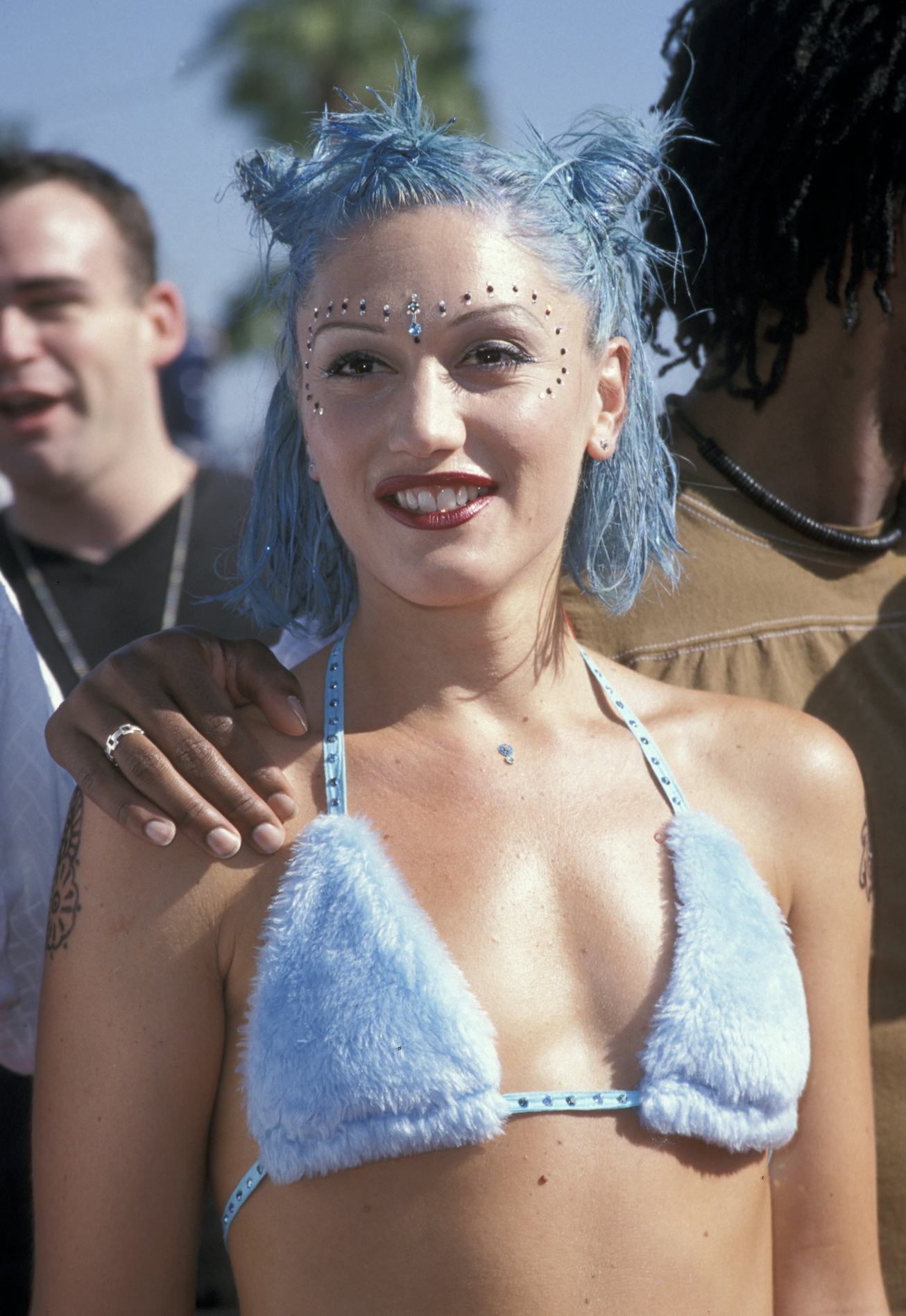
Beauty
In Defense Of (Safely) Dying Your Hair At Home
Here's what you need to know before you cross blue hair off your quarantine bucket list.
Be it a bad breakup or a literal global pandemic, there is something about overwhelming crisis that makes people want to dye their hair at home. Risky? Sure. But when you've run out of things to do, drastically want to change up your look, or both, it's important to remember one thing: your hair will always grow back.
Of course, that truth doesn't mean just go at your hair with bleach in one hand and reckless abandon in the other. According to Ulta Beauty Pro Team Member and Redken International Performing Artist Sean Godard, permanent color treatments should be left to a professional hairstylist — especially if you have a specific color your stylist uses on you that you can’t achieve at home. Still, he says there's room to experiment on your own with the right products.
"Temporary and semi-permanent hair dyes are the best options to try yourself because they cause little to no damage and are easier for your colorist to work with once you’re able to make it to the salon again," he tells NYLON. "Most semi-color solutions are user-friendly, and have a conditioning base that includes ingredients that nourish and protect the hair, leaving it feeling soft and silky."
But what's the difference between temporary, semi-permanent, and permanent? According to Paul Chatelle — North America Senior Education Design Manager for Wella and Clairol Professional — there are four color categories, and its important to know which you're getting into before shopping. Chatelle offers a simple breakdown, noting that temporary products offer color that deposits on the outside of the hair, and usually lasts 1-2 shampoos. Semi-Permanent is gentle color that "deposits without peroxide on the outside of the hair and slightly under the cuticle layer that washes out gradually," and will last anywhere from 5-20 shampoos.
The other two categories, which Godard recommends you leave to the professionals, include demi-permanent, a color that uses a gentle developer or activator, and permanent color, which needs a peroxide developer to oxidize and activate. "Permanent color has a permanent effect on the hair by changing the natural hair. It remains on the hair until the hair grows out," says Chatelle, noting that the only other way to remove permanent color is by using a lightening product.
When it comes to those temporary and semi-permanent colors, though, Godard says that you should be looking for solutions specifically tailored to your hair type and/or current color, as a lot of temporary and semi-permanent dyes are intended to be used by people with pre-lightened (or naturally light) hair, while others will be for darker hair. "You’ll also want to look for ingredients known to condition and hydrate the hair. Vitamin-rich, ammonia-free formulas are less damaging and will help keep your hair in a healthy state."
Ahead, check out seven of the best temporary and semi-permanent dyes and tints to try out at home, below.
We only include products that have been independently selected by NYLON's editorial team. However, we may receive a portion of sales if you purchase a product through a link in this article.